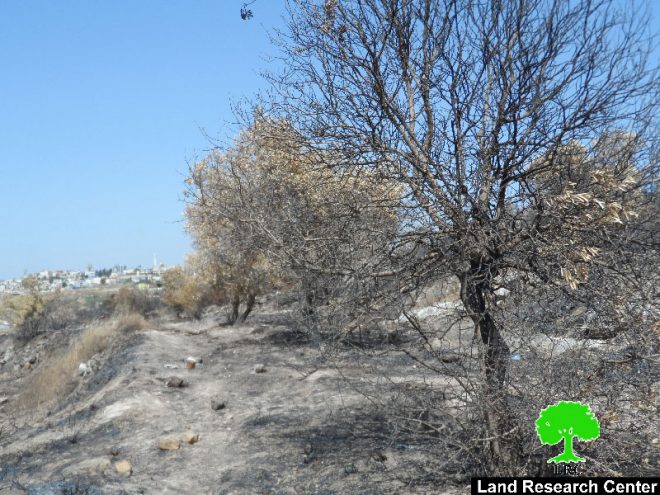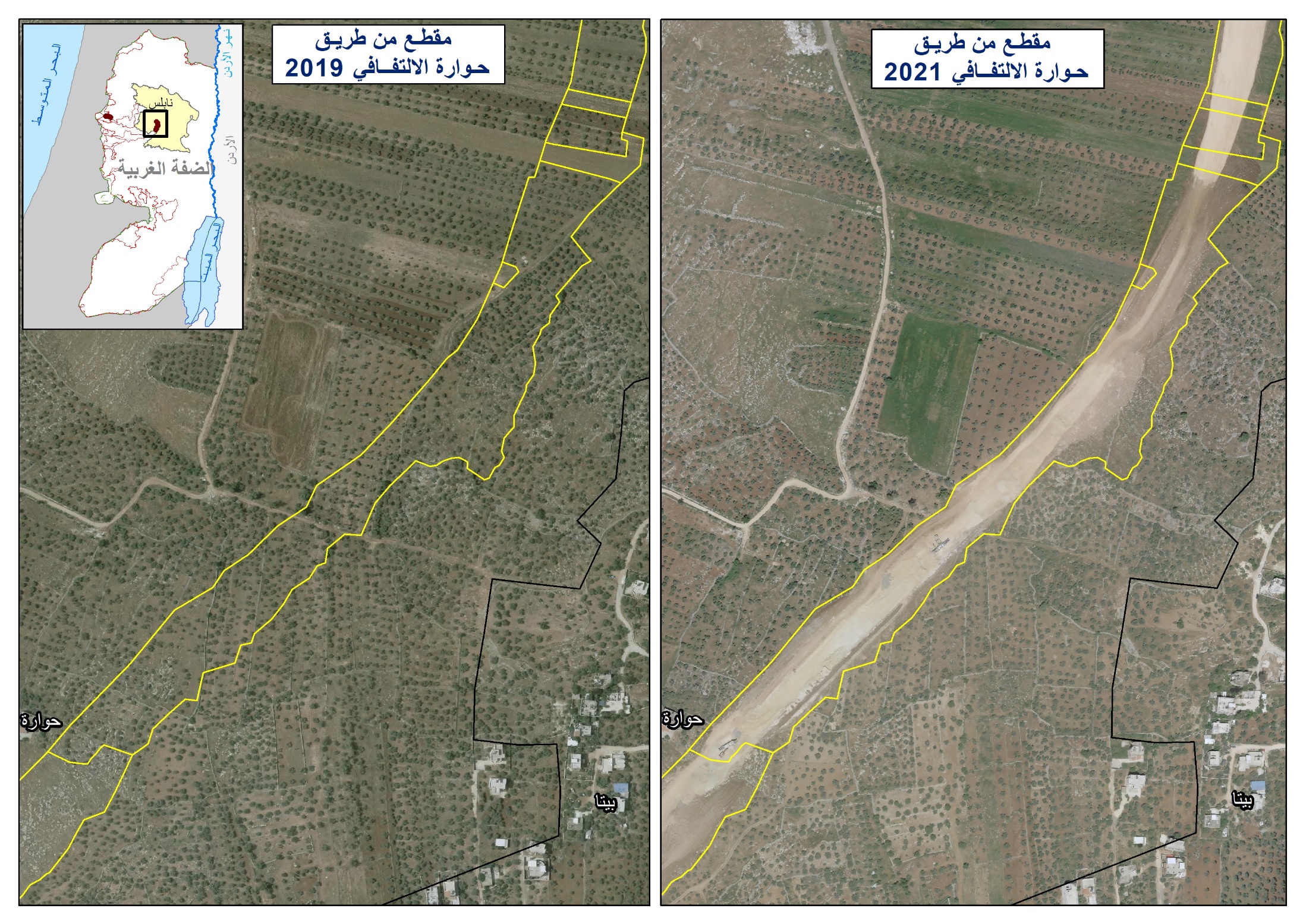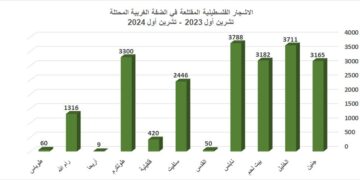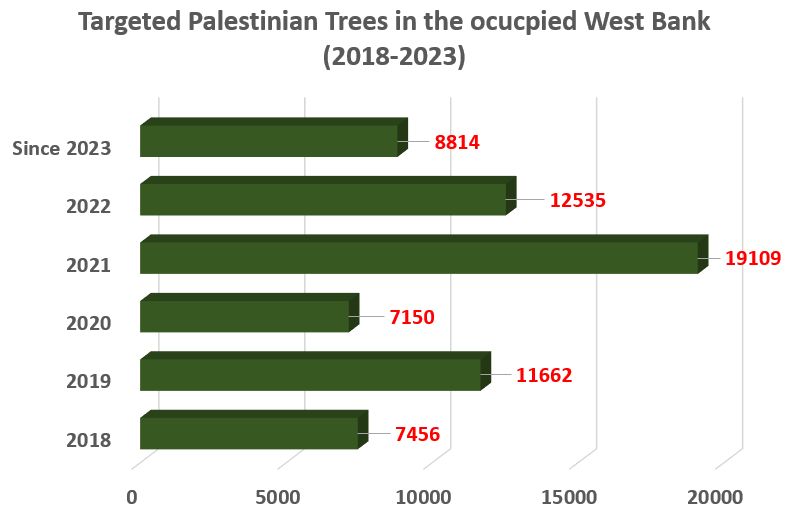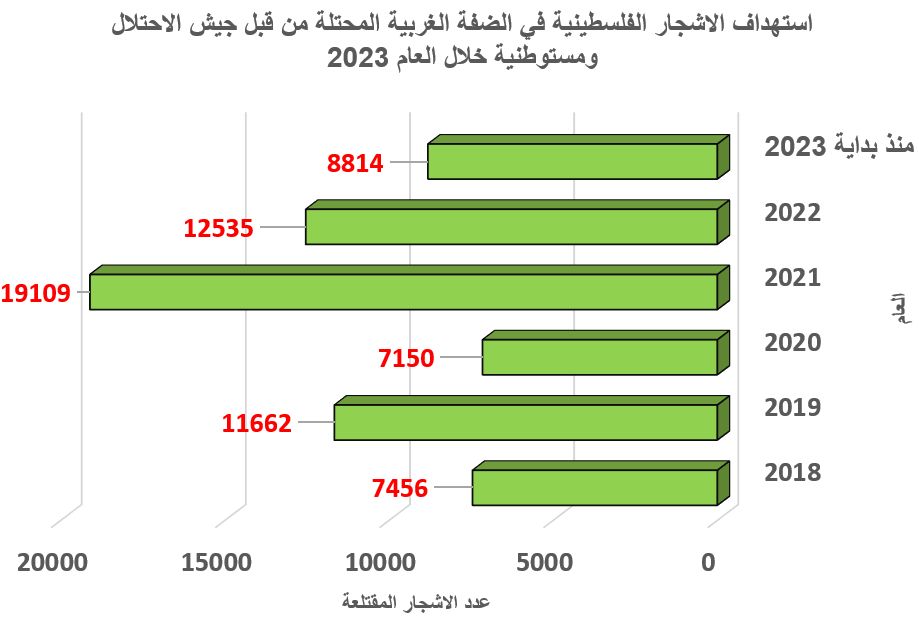- Violation: setting fire to trees
- Location: Khirbet Jubara- Tulkarm city
- Date: September 04, 2016
- Perpetrators: Israeli Occupation Forces
- Victims: farmers from Abu Safyyeh and Jubara families
Details:
A massive force from the Israeli occupation army raided on September 04, 2016 the western area of Jubara hamlet, south Tulkarm city and claimed searching for fugitives. It should be marked that the occupation forces fired stun grenades at trees planted nearby the apartheid wall and rendered them burned down. As a result, 250 olive trees aging between 20-30 years were partially damaged according to the date of Civil Defense Department.
It is reported that the presence of yellow hay in the area helped spread the fire quickly to reach out for vast area. As usual, the occupation hindered the fire brigade from reaching for the fire, which also widened the area of the fire. Noteworthy, the damaged lands belong to farmers from Abu Safyyeh and Jubara families, who were impatiently waiting for the olive picking season that is supposed to take place soon .




Photos 1-4: the fire that damaged the olive trees
Jubara:
Khirbet Jubara is located 7 km to the south of Tulkarm city and is edged by Far'un village from the north, occupied territories of 1948 from the west, Shufa village from the east and Falamya village from the south. Its population mounts to 650 (2007 census) people who belong to four main families namely ( Jubara, Mahmoud, Awad and Oudeh).
Jubara's total land area is 46,914 dunums, of which 37 dunums are considered the village's built-up area.
Israeli colonies confiscated 1068 dunums from Jubara's lands. Sal'it that was established in 1977 confiscated around 921 dunums where Ya'arit colony that was established in 1997 confiscated 147 dunums from the area.
The apartheid wall is founded on 15,312.6 meters from the area and was reported to confiscate 1531 dunums and to isolate 12,212 other dunums behind its construction. The lands of Jubara hamlet are classified according to Oslo Accords as the following:
- 29862 dunums (64%) are classified as area B
- 17052 dunums (34%) are classified as area C
Prepared by
The Land Research Center
LRC

